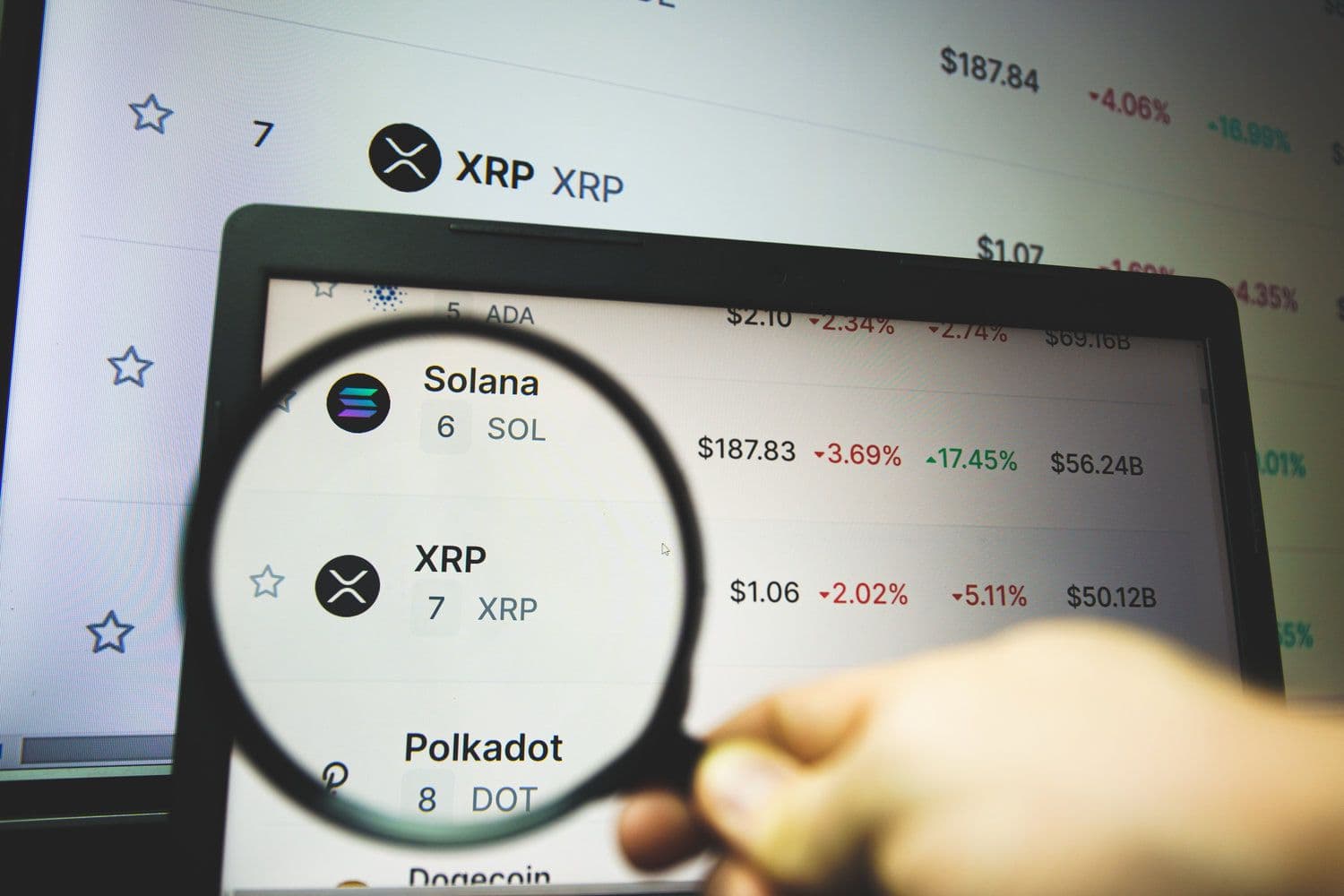Ripple Labs has integrated DIA's new Lumina platform to provide oracle services for its XRP Ledger blockchain, bringing transparent data verification to its ecosystem as the service prepares for a March 26 launch.
<u>What to Know:</u>
- DIA Lumina promises to eliminate "black-box data processing" with a fully on-chain, transparent architecture
- Ripple and Stellar networks have both selected DIA for oracle services, citing transparency and trustlessness
- The platform uses Lasernet technology built on Arbitrum's rollup technology and Ethereum's security infrastructure
Blockchain developer Ripple Labs has announced the integration of a new oracle services platform for its public XRP Ledger blockchain, marking a significant shift toward transparency in cryptocurrency data verification.
The new platform, Lumina, built by decentralized financial data provider DIA (Decentralized Information Asset), will deliver verifiable, trustless oracles designed specifically for decentralized finance applications, real-world assets, and broader Web3 ecosystem functionality, according to a company statement shared with CryptoPotato.
"For years, oracles have been considered a necessary evil by many—an infrastructure layer blockchain builders had no choice but to trust. That stops now," said Dillon Hanson, DIA's head of business development. "DIA Lumina isn't just another oracle stack. It's the first one that doesn't ask you to trust it at all."
The partnership addresses long-standing concerns about data verification in blockchain networks. Traditional oracles have typically operated as opaque systems requiring significant trust from users and developers, a practice DIA executives describe as an outdated model that impedes industry growth.
Why This Oracle?
Lumina's approach differs fundamentally from established oracle providers like Chainlink and Pyth through its commitment to on-chain verification of all data processes. This transparency enables developers, networks and institutions to audit oracle operations directly in what DIA describes as an "open and permissionless environment."
Ripple executives believe this level of transparency is essential for the growing real-world assets sector, where regulatory compliance and institutional standards demand fully auditable data pathways. The architecture ensures every step of data verification can be independently confirmed without relying on centralized authorities.
"By putting every transaction, price feed, and computation on-chain, we're not just competing with existing oracles—we're making them obsolete," Hanson added in the statement.
The technical foundation for Lumina's oracle services is Lasernet, a specialized layer-2 rollup system built specifically for oracle verification. This network leverages existing blockchain infrastructure, combining Arbitrum's optimistic rollup technology with Ethereum's security protocols to ensure public verification of all oracle transactions.
This implementation eliminates dependence on off-chain, multi-signature controlled nodes that have been standard in previous oracle systems. The approach represents a significant architectural departure from industry norms established over the past decade of blockchain development.
Set to launch on March 26, the platform arrives as both Ripple and peer-to-peer network Stellar have committed to using DIA's oracle services for their respective blockchain ecosystems, signaling potential industry momentum toward more transparent data verification systems.
For Ripple's XRP Ledger specifically, the integration provides enhanced capabilities for applications built on the platform, particularly those requiring reliable external data sources for smart contract execution and financial services operations.
Conclusion
DIA's Lumina platform represents a significant advancement in blockchain oracle technology, offering unprecedented transparency for data verification processes. With its March 26 launch and adoption by major networks like Ripple and Stellar, the system challenges established industry practices while potentially setting new standards for regulatory compliance and institutional adoption.

